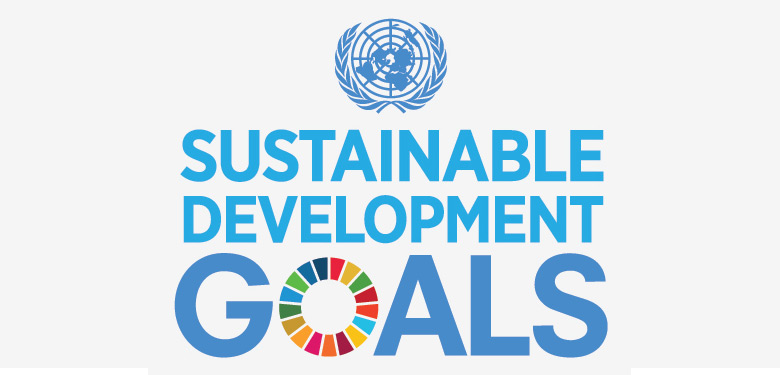
UN argues progress on many SDGs is poor in Asia: Can business help?
A new report from the UN says that countries in Asia have made some inroads towards achieving several of the Sustainable Development Goals (SDGs) by 2030, but progress remains uneven across the region. The Asia and Pacific SDG Progress Report evaluates how far the region has progressed in implementation of the SDGs. The Report shows that satisfactory progress has been made regionally towards eradicating poverty (Goal 1), promoting health and well-being (Goal 3), and achieving quality education for all (Goal 4).
However, progress on many of the targets has fallen short and in some cases, is deteriorating. Out of the 57 targets analyzed in the Report, 37 show poor progress, while negative trends are noted on targets related to decent work and economic growth (Goal 8), industry (Goal 9), climate action (Goal 13) and sustainable use of oceans and forests (Goals 14 and 15).
The UN says that Asia needs to significantly step up its development reform efforts in several areas. It argues that inequalities are found to be widening because rapid economic growth has not always been equitably shared. More balanced and equitable growth must remain a priority, and across all the SDG areas, work to find multilateral solutions to overcome transboundary challenges needs to be enhanced. The Report highlights significant disparities in progress across sub-regions and countries according to income level, which could further threaten the region’s ability to achieve the SDGs overall.
CSR Asia’s own work has focused on the role that businesses can play in meeting the SDGs. The first step is to understand what the SDGs are and how they will affect a company’s ability to be successful over the long term. Companies should look at the SDGs as part of the overall context, considering their implication on business.
A useful exercise is to reference each of the SDGs and to evaluate to what extent business or sustainability strategy is aligned with the global agenda, identifying gaps to be bridged and opportunities to be grabbed. Mapping how core business activities align, measuring the impact, and implementing initiatives to improve creates a good basis for dialogue. It helps to signal commitment and protect the organisations licence to operate. This is particularly helpful if the company looking to venture into new markets as it helps to secure a licence to operate in the first place.
All companies will have to prioritise in order to conserve resources and avoid dilution of impact. It is important that companies avoid cherry picking SDGs or focus solely on issues that maximise profits but do not reduce harm. Avoiding cherry picking and addressing potential negative impacts can also reflect commitments to embed change and drive business performance that more closely aligns with what governments are trying to achieve.
Identifying the priority SDGs to focus on involves considering:
- Stakeholder expectations and how important is it to stakeholders that a company contributes towards a specific goal
- How the company directly and indirectly impacts the SDGs
- The extent to which an issue has the potential to impact the business and its objectives
- The extent to which the business has an impact or influence on an issue
It is important to look for opportunities not only inside the organisation, but also outside in its sphere of influence along value chains or in communities where the company operates. Solutions to address the SDGs could cover any aspect of business operations including new investments, business model redesign, product development, research, sourcing practices, production processes, environmental management, human resources practices, marketing, distribution, sales, communications, community investment, and partnerships.
In particular, the SDGs offer a strong framework for partnering. Engaging in effective partnerships that have common goals can have a multiplying effect in achieving the desired impact at scale.
Until 2030, all countries are expected to track and communicate progress against the 17 goals. This will filter down to requirements for different players to provide information, including the private sector. It is expected that businesses will report and communicate their contribution to the SDGs in a meaningful way. Companies will need to tell the community and national leaders what issues matter to their business and why. Aligning communication to comprehensive international frameworks will strengthen the corporate message.
You can find more on CSR Asia’s work on the SDGs at http://www.csr-asia.com/report/Agribusiness-and-the-SDGs.pdf